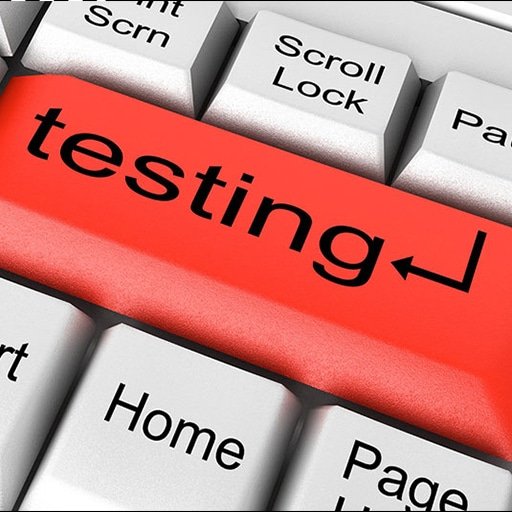Testing and debugging are crucial steps in the development process of any software application, including Ruby on Rails. These steps help ensure that the application functions correctly and is free of bugs and errors. In this article, we will explore the various testing and debugging techniques available in Ruby on Rails.
Testing in Ruby on Rails:
Ruby on Rails provides a robust testing framework called "RSpec" that allows developers to write tests for their application. RSpec follows the Behavior-Driven Development (BDD) approach, which focuses on describing the expected behavior of the application in a human-readable format.
To write tests in Ruby on Rails, you need to create test files in the "spec" directory of your Rails application. These files typically have a "_spec.rb" extension. RSpec provides a set of matchers and assertions that you can use to define the expected behavior of your application.
Here’s an example of a simple RSpec test:
“`ruby
# spec/models/user_spec.rb
require ‘rails_helper’
RSpec.describe User, type: :model do
it "is valid with valid attributes" do
user = User.new(name: "John Doe", email: "john@example.com")
expect(user).to be_valid
end
it "is not valid without a name" do
user = User.new(email: "john@example.com")
expect(user).to_not be_valid
end
it "is not valid without an email" do
user = User.new(name: "John Doe")
expect(user).to_not be_valid
end
end
“`
In this example, we are testing the `User` model. We define three tests: one to check if a user is valid with valid attributes, and two to check if a user is not valid without a name or email. We use the `expect` method along with various matchers to define the expected behavior of the tests.
To run the tests, you can use the `rspec` command in the terminal:
“`
$ rspec
“`
RSpec will execute all the tests defined in your application and provide a detailed report of the test results.
Debugging in Ruby on Rails:
Debugging is the process of identifying and fixing errors or bugs in your application. Ruby on Rails provides several tools and techniques to help you debug your application effectively.
1. Logging: Rails provides a powerful logging mechanism that allows you to log messages at different levels of severity. You can use the `logger` object to log messages in your application code. These log messages can help you trace the flow of execution and identify any issues.
“`ruby
# app/controllers/users_controller.rb
class UsersController < ApplicationController
def index
logger.debug("Fetching all users…")
@users = User.all
end
end
“`
In this example, we log a debug message before fetching all users from the database. The log message will be displayed in the console or log file, depending on your Rails configuration.
2. Pry: Pry is a powerful debugging tool for Ruby that allows you to pause the execution of your code and interactively explore the state of your application. You can add the `pry` gem to your Gemfile and use the `binding.pry` method to set breakpoints in your code.
“`ruby
# app/controllers/users_controller.rb
class UsersController < ApplicationController
def index
binding.pry
@users = User.all
end
end
“`
When the execution reaches the `binding.pry` line, it will pause, and you can interact with the application in the terminal. You can inspect variables, execute code, and step through the code line by line.
3. Error Pages: Rails provides customizable error pages that are displayed when an error occurs in your application. These error pages can provide useful information about the error, including the stack trace and the request parameters. You can customize the error pages by modifying the corresponding view templates in the "public" directory of your Rails application.
Conclusion:
Testing and debugging are essential steps in the development process of any Ruby on Rails application. RSpec provides a powerful testing framework that allows you to write tests for your application’s behavior. Logging, Pry, and error pages are some of the debugging techniques available in Rails that can help you identify and fix errors in your application. By incorporating these techniques into your development workflow, you can ensure that your Ruby on Rails application is robust and free of bugs.
